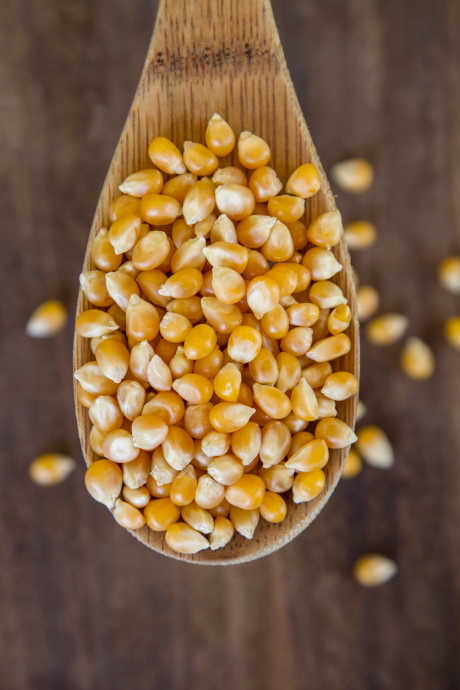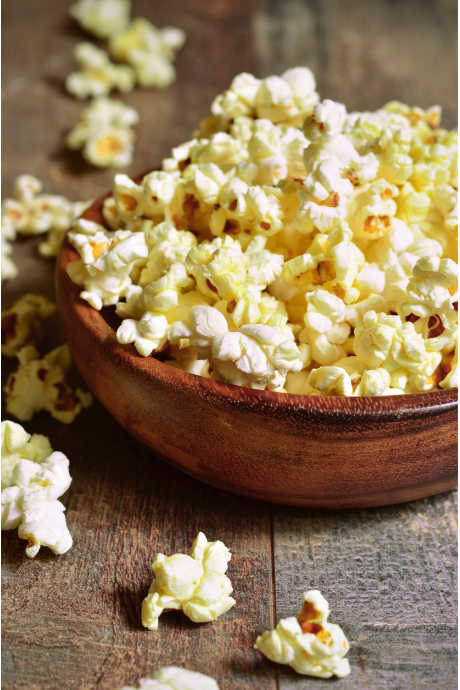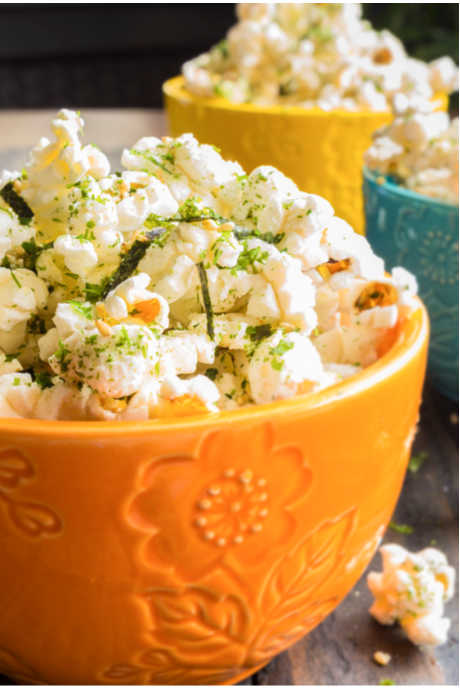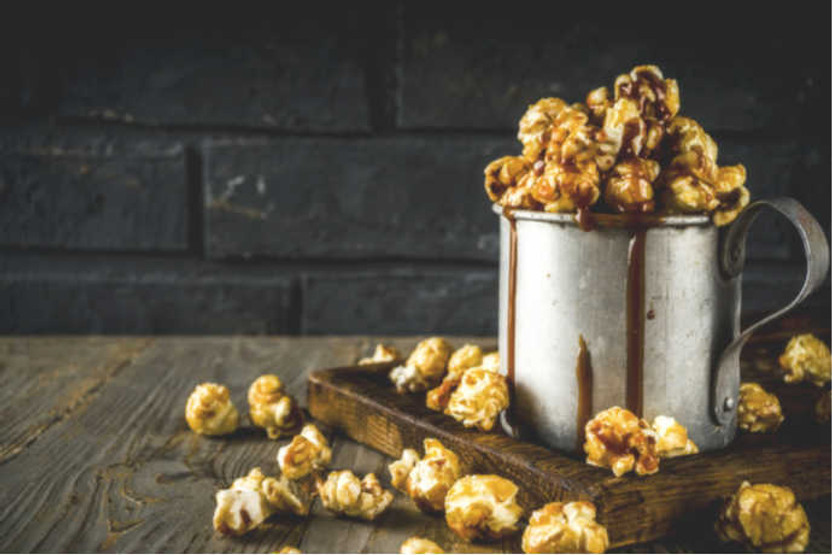Get Creative With Flavored Popcorn
Posted by Julie on Apr 27th 2020
While popcorn can be a healthy snack when it’s air-popped, we prefer our popcorn dressed up a bit. Pop it on the stove in oil, and season it with sweet or salty (or both) toppings for a delectable treat. We researched the best tips for popping and seasoning popcorn, and we’re excited to share them with you. We hope they’ll come in handy for your next movie night at home.
The Basics of Popcorn
Let’s start by understanding what happens when popcorn pops. When popcorn kernels are heated, the water inside them turns into steam. The kernels burst open due to the pressure created by the steam. While this explanation is somewhat oversimplified, it explains why those hard little kernels turn into crunch puffs of popcorn.
This means popcorn doesn’t actually need oil to pop, which is why you can pop popcorn in an air popper or the microwave, or even with water in a pot on the stove. But oil (or some other fat) is what helps give popcorn its flavor. We’ll discuss that in more detail in the second section.

In the meantime, let’s focus on making popcorn on the stovetop. It’s really simple: All you need is a stockpot with a lid, oil or another fat with a high smoke point, and popcorn kernels. Set the burner to medium-high heat, and add oil to the pot, along with a couple kernels. That first kernel or two will let you know the oil is hot enough for popping. Wait for the kernels to pop, and then add the rest.
Cover the pot with the lid to prevent popcorn from flying all over your kitchen, but leave a bit of space to allow steam to escape. Move the pot back and forth on the burner to help the unpopped kernels settle at the bottom and allow the already-popped kernels to rise to the top. That will also ensure more of the kernels pop and fewer pieces of popcorn burn, which tends to happen when they’re stuck at the bottom of the pot.
Finally, listen closely for the popping to slow down. Once you can count a few seconds between pops, turn off the burner. The last few kernels should finish popping soon.
How to Flavor Your Popcorn: Before Popping
Recall that we noted earlier how oil or other fats add flavor to your popcorn, in addition to preventing the kernels from sticking to the bottom of the pot. What sort of oil should you use? One with a high smoke point is best, as the kernels need to pop at a fairly high temperature. That’s why olive oil isn’t a good choice, since it has a lower smoke point. Stick with oils like canola, sunflower, or safflower.
But you don’t have to use oil. Bon Appetit suggests bacon fat, duck fat, or schmaltz (chicken fat). All of these fats will add a different flavor dimension to your popcorn. Another option they suggest is clarified butter, which has a significantly higher smoke point than many oils and fats.

One more flavorful option we want to try comes from an LA-based chef, Jessica Koslow. It’s not the type of fat she uses, but how much of it: a half-cup of oil to pop one-third cup of kernels. We were slightly taken aback at the amount of oil, but not only does it add flavor, it makes the popcorn crunchy. It also helps the seasoning stick to the popcorn. While we may not want to make our popcorn this way all the time, it sounds so delicious we’ve got to try it at least once.
How to Flavor Your Popcorn: After Popping
Whether you choose to make your popcorn sweet, salty, or a combination of both, the top tip we found was to add the flavor immediately after popping, while your popcorn is hot. As you consider the following ideas for seasoning your snack, keep in mind that you’ll need to have everything ready to go as soon as that final kernel pops.
One easy way to season your popcorn is to toss it with infused olive oil. Go easy so your popcorn doesn’t get soggy. Melted coconut oil is another delicious option.
If you love buttery movie theater popcorn, try using clarified butter on your homemade popcorn. While you can drizzle plain melted butter over your popcorn, clarified butter offers all the flavor without any of the water in melted butter. Melt butter, either in the microwave or on the stovetop, and use a spoon to skim the white foamy layer from the top. Then line a fine mesh strainer with cheesecloth, and pour the rest of the liquid through it. This step will remove the last of the milk solids from the butter, which is now clarified.

Add more flavor to your popcorn by warming the clarified butter or oil and adding spices. Choose any spice you like; from cinnamon to curry powder, you can’t go wrong with a spice you already love. But if you’re planning to give Jessica Koslow’s method a try, she recommends using dry spices, herbs, and salts only. Your popcorn will lose its crunch if you use liquid or moist toppings.
Want some specific recipes to try? We’re tempted by these recommended by The Kitchn, including honey brown butter, chili cheese (using nutritional yeast to approximate the flavor of cheese), and cookies and cream. We’re confident once you try your hand at these, you’ll be ready to make up flavor combinations and mix-ins to create your own gourmet flavored popcorn.

